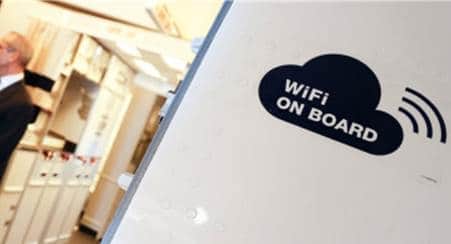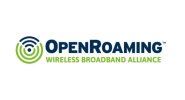Wi-Fi access points based on 802.11ac steadily gained momentum over the past year, rising to represent 39% of total Wi-Fi access points shipped in 2015, according to ABI Research. The market research firm expects the adoption to continue to accelerate in 2016 as more 802.11ac Wave 2 products enter the market, along with the introduction of tri-band access points.
“Wave 2 access points are based on a richer set of technologies in the 802.11ac specification,” says Sam Rosen, Managing Director and Vice President at ABI Research. “This includes MU-MIMO, which supports better efficiency for high density wireless environments. We forecast Wave 2 access points to spearhead 802.11ac shipments, with those shipments representing nearly 65% of total Wi-Fi access points in 2016.”
In addition to the emergence of Wave 2 product this year, tri-band access points are likely to hit the market in the first half of 2016. Tri-band Wi-Fi products use 802.11n, 802.11ac, and 802.11ad in the 2.4 GHz, 5 GHz, and 60 GHz bands respectively, and are backward compatible to the older protocols within each band.
Moving beyond the scope of this year’s market data to take a look at the overall market, ABI Research predicts Wi-Fi access point shipments to surpass 204 million units in consumer applications and 19.3 million units in enterprise in 2020, with the majority of those shipments supporting 802.11ac.




















